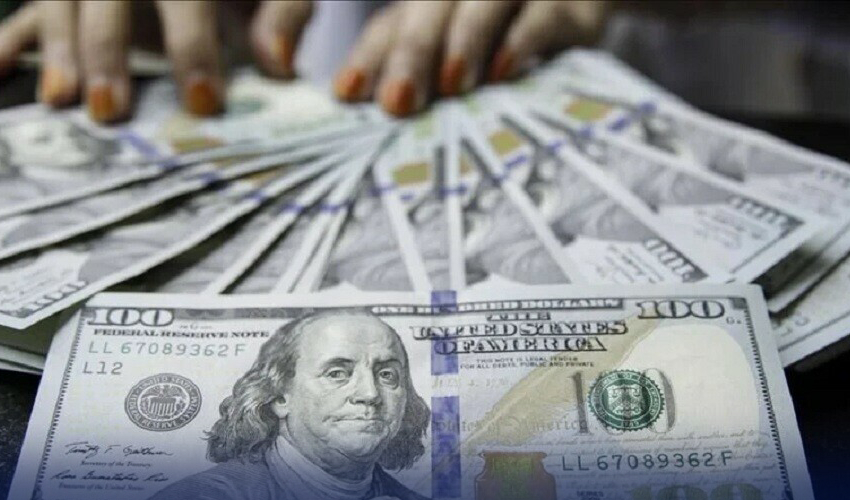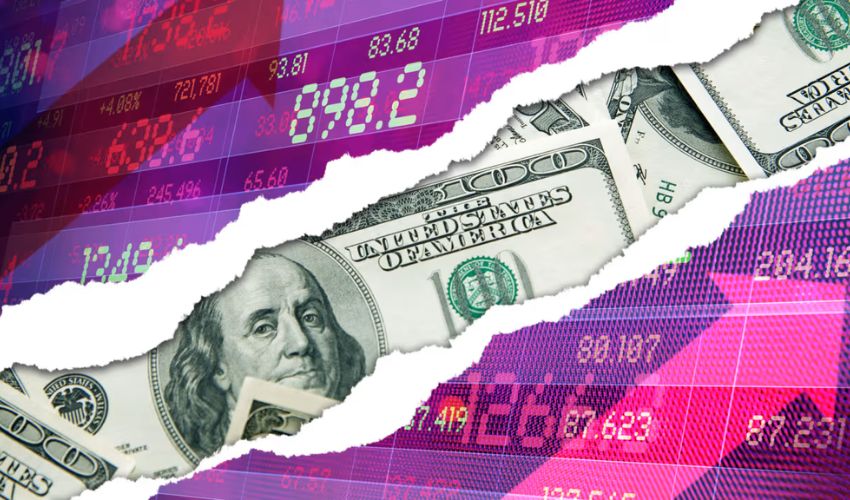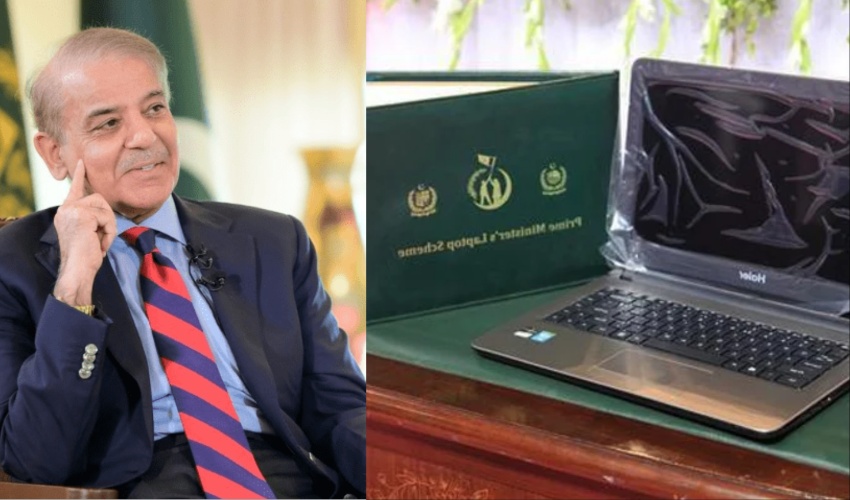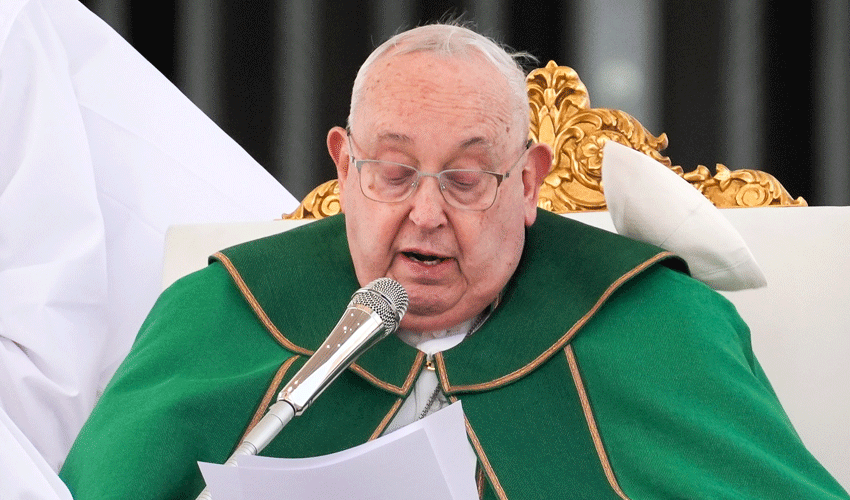Continuing its recent strengthening trend against the mighty US dollar, the Pakistani rupee gained further ground at the opening of trading session on Wednesday.
In the interbank market, the rupee started trading at Rs288.64, after an increase of Rs1.16 on Wednesday morning.
Later, the greenback dropped by a further Re1 and was traded at Rs288.80, while in the open market also the currency lost Re1 to settle at Rs290.
At the time of closing of the trading session for the day, the US dollar closed at Rs288.75 after a fall of Re1, as per the State Bank of Pakistan.
In the last three weeks, the dollar has depreciated by Rs40 in the open market, while in the interbank market it has lost Rs18.35.
On Tuesday, the Pakistani rupee strengthened further as the US dollar's value plummeted below the Rs290 mark in the interbank market, reaching its lowest level in one and a half months.
In the interbank market, the American currency closed at Rs289.80, reflecting a substantial depreciation of Rs1.06.
Over a span of just three weeks, this depreciation according to interbank market dealers has amounted to Rs17.30.
Also Read: Dollar falls below Rs290 in interbank
In the open market, the dollar also saw a drop of Rs2, standing at Rs291, as reported by currency dealers on Tuesday.
For the past couple of weeks, the Pakistani rupee has sustained its upward trend after touching a record low of Rs307.1 against the American dollar in the interbank market on September 5.
The rupee's comeback falls on the heels of the meetings between Chief of Army Staff Gen Syed Asim Munir with the business community of Lahore and Karachi. The army chief had assured the businessmen of ensuring of transparency in the dollar rates and cracking down on the currency mafia.
The crackdown on dollar mafia and hoarders has also led to the strengthening of the local currency, leading to a fall in the country's foreign loans also.
Also Read: State Bank announces closure of banks
On the global front, the US dollar was trading near a 10-month high against major currencies on Wednesday. This surge in the US dollar's strength is attributed to elevated Treasury yields, driven by the expectation of a prolonged period of higher US interest rates.
The yen, in contrast, was moving closer to a closely-monitored intervention zone.
The US dollar index was last reported at 106.20, having reached a 10-month high of 106.26 in the preceding session. Meanwhile, the euro remained close to a six-month low, trading at $1.0569.
Additionally, oil prices experienced an increase of nearly $1 on Wednesday, with a primary focus on supply constraints as the winter season approaches. This, coupled with expectations of a gradual economic slowdown in the United States, influenced currency market dynamics.



























